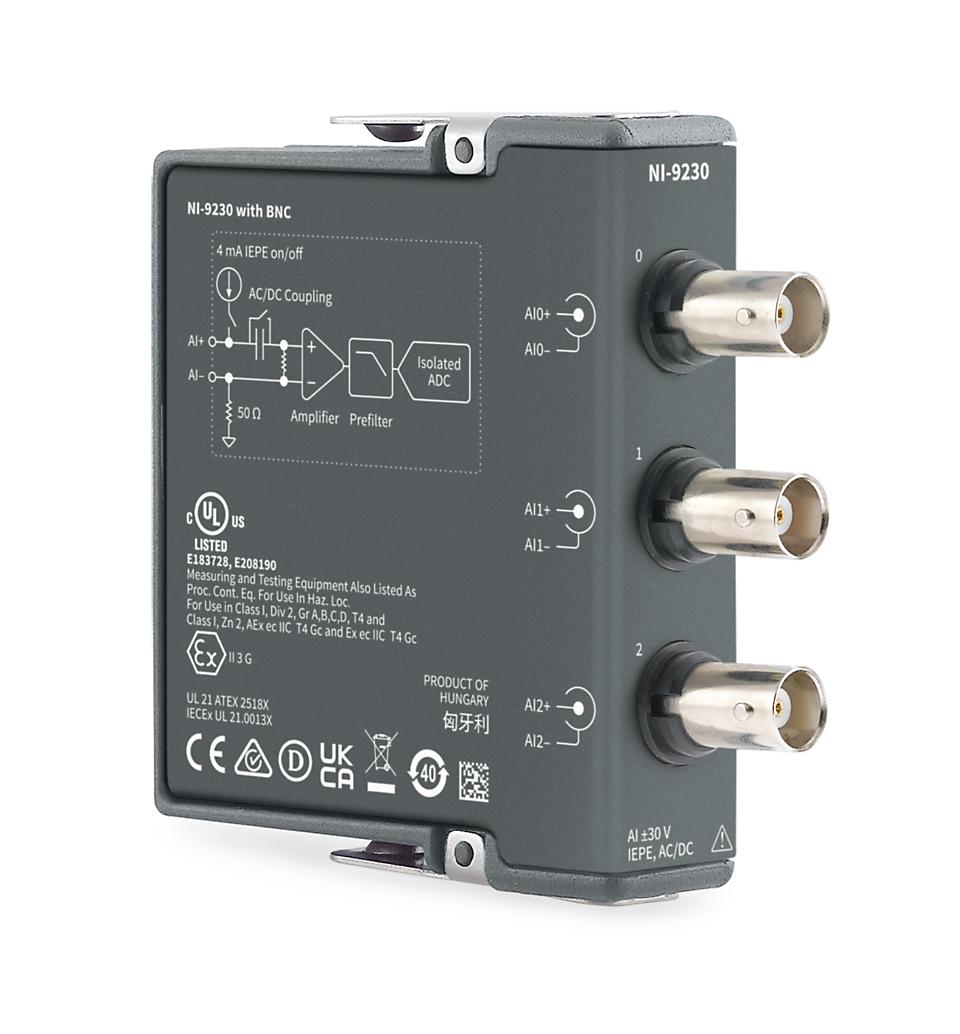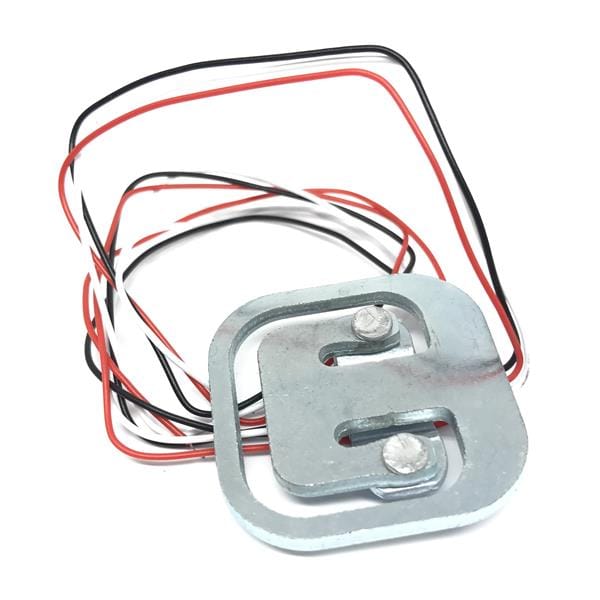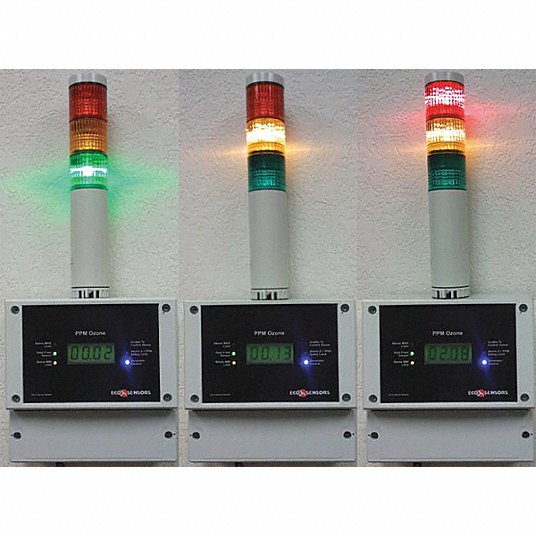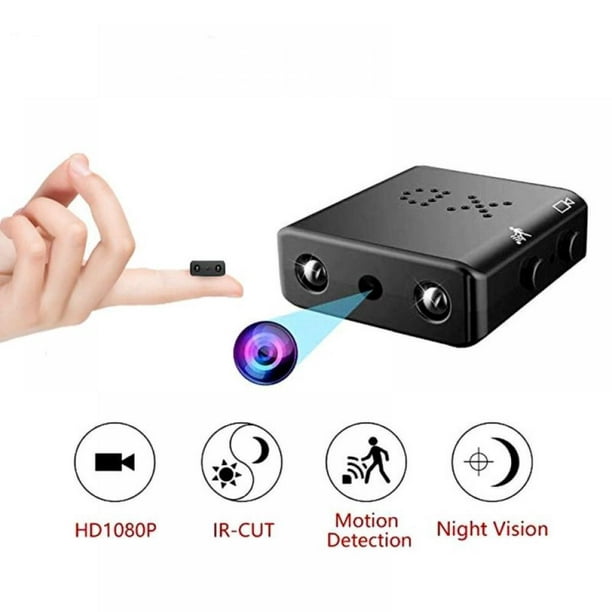Documenting and Articulating Value
Defining documenting and communicating value is important. Value is the return on investment from a product or service. There are different types of value such as cost savings, revenue generation, time savings, or energy/ effort savings (meaning the energy spent for an activity). What makes value important? It is important because it helps to prioritize development and selling. If you want to create a product or service, finding the activity that adds the most value is best instead of going down a road where a potential prospect doesn’t see value . Basically if you build something that no one wants then you’ve wasted time and money. A good heuristic is to build a product or service that is quantifiably an order of magnitude better than what is currently available. So before starting development in tinkering with products and technologies, brainstorm and sort activities that deliver a return on investment. Then have discussions with people in the industry around delivering that return on investment. Once you get commitment from people in the industry then ideally get pre-orders on the product or service. And then go develop a proof of concept for demonstration. Finally, iterate over that to success.
So how to define value?
The easiest way to define value is time savings. So take software for example you can stop watch or run a debug log for a process in an application. Then, you can figure out how to make that process more efficient either through improving processing steps or eliminating steps. After, document the time savings.
The other way to define value is through cost savings. Cost savings often is correlated with time savings but there has to be a spend associated. For instance, if we’re saving time and an employee is taking the action, then there is a soft cost savings related to that employee salary. The implication is that the employee can do more in less time. By contrast, although personal use time could be saved, it may not equate to money savings unless there is an opportunity cost for an income generation activity with the time saved. Calculating cost savings for a corporation could be done by first defining the time saved within a process, then get an average salary of the people who do the task and then break that cost savings down by month and year. There could be a range for this cost savings.
Finally, The third way to define value is revenue generation. Another way to think about this is decreasing the steps to generate a sale. So, by improving the throughput to generate predictable sales then revenue over time may be improved. As a result, monthly, quarterly and yearly revenue will increase. This is a little more difficult to identify, but just like any process breaking down the steps into their constituent parts and brainstorming how to automate or streamline them is the way to go.
When finished with this process of identification then document metrics into an Excel spreadsheet and finally present them in a PowerPoint for feedback. If you get good at this process then getting buy-in for a product or solution is quite easy.
So, how to start brainstorming? Start with yourself.
List categories within your own life. Some categories could be:
- Work
- House Chores
- Financial Management
- Relationships
- Health
- Side Businesses
Next define these categories more specifically. For example:
- Work is as an employee for another company
- House chores are maintaining my house
- Financial is managing my personal finance and investments
- Relationships is friends, family, and co-workers
- Health is physical and mental health
- Business is my side business activities or potential future active or passive income businesses that I own
Allocate time and brainstorm costly tasks. Define what ‘costly’ means to you.
Costly May Mean:
- Requires a lot of physical effort/energy and are repetitive
- Have a high dollar cost
Allocate time per category to brainstorm tasks that are time consuming or cost a lot of money from a gut feeling perspective (i.e. I always feel like this is difficult to do or I don’t want to do it). Then, go back through the list and document the current state time or dollar costs. Also, don’t forget to document revenue generation ideas as well. Sort the list from highest to lowest dollar and time cost to define your priority. Finally, for the highest value tasks brainstorm solutions to those that you could build and you will have a good product or service to sell.

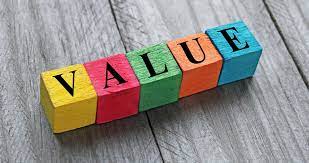
,TO-226_straightlead.jpg)



